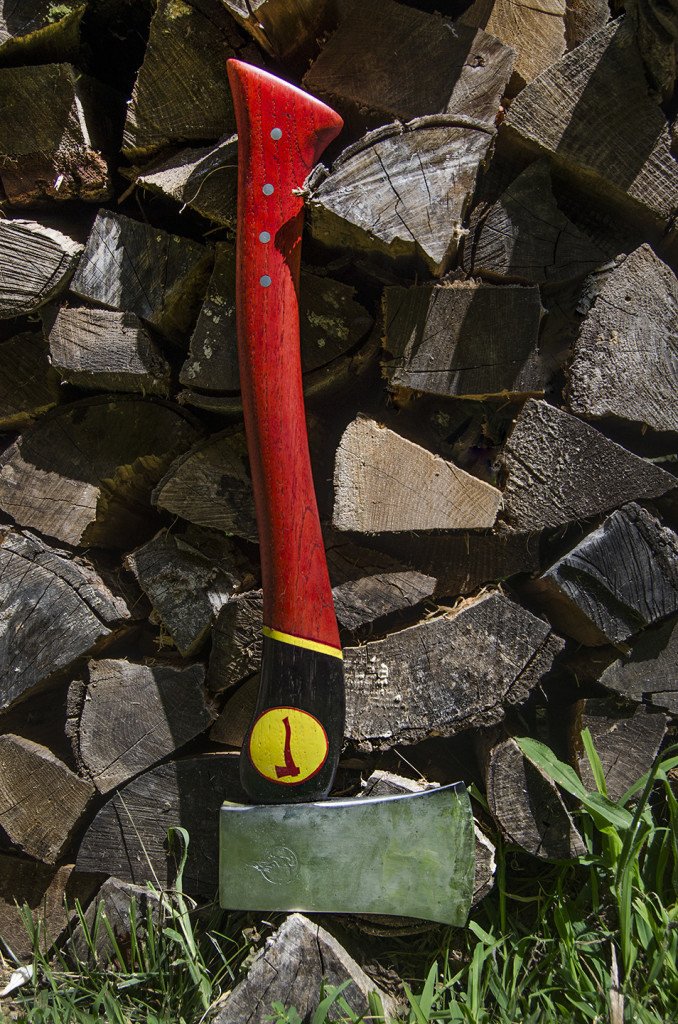
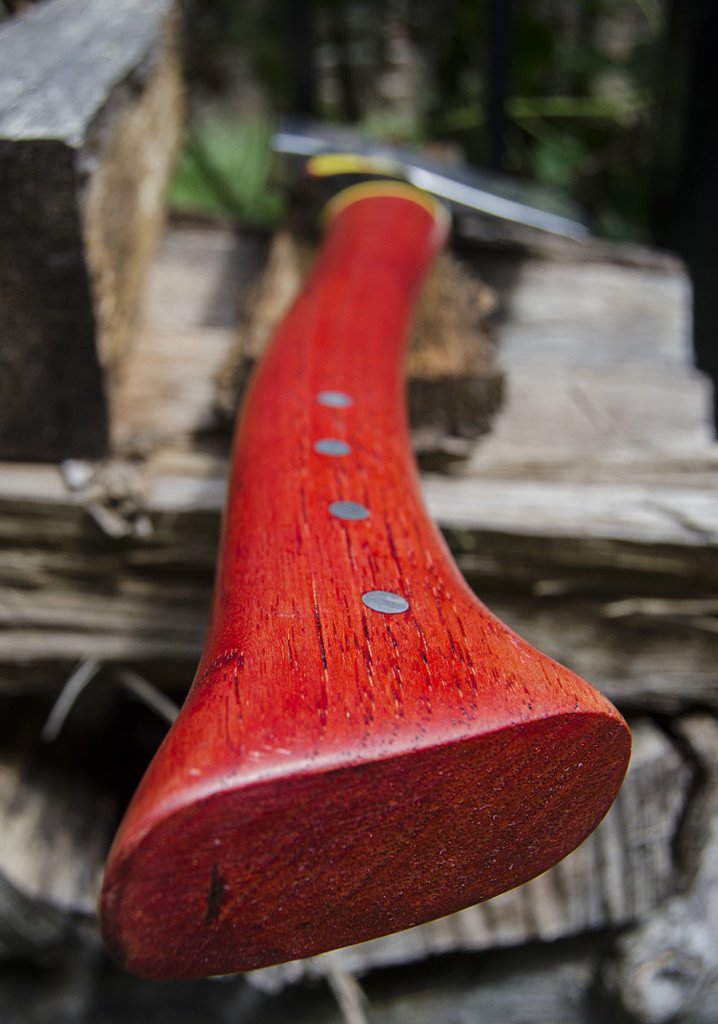
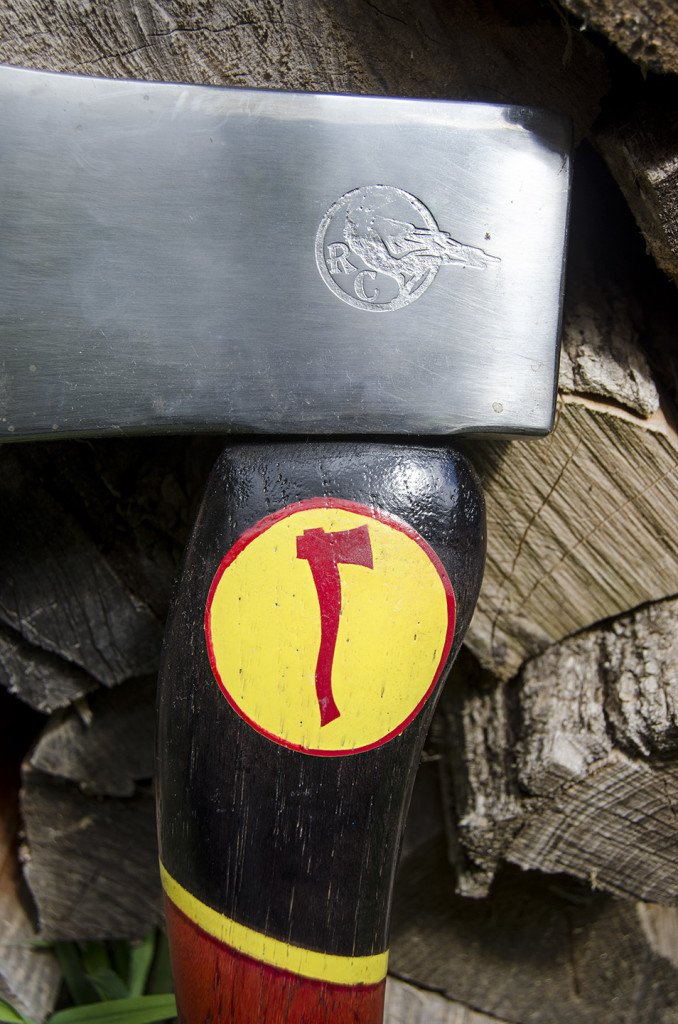
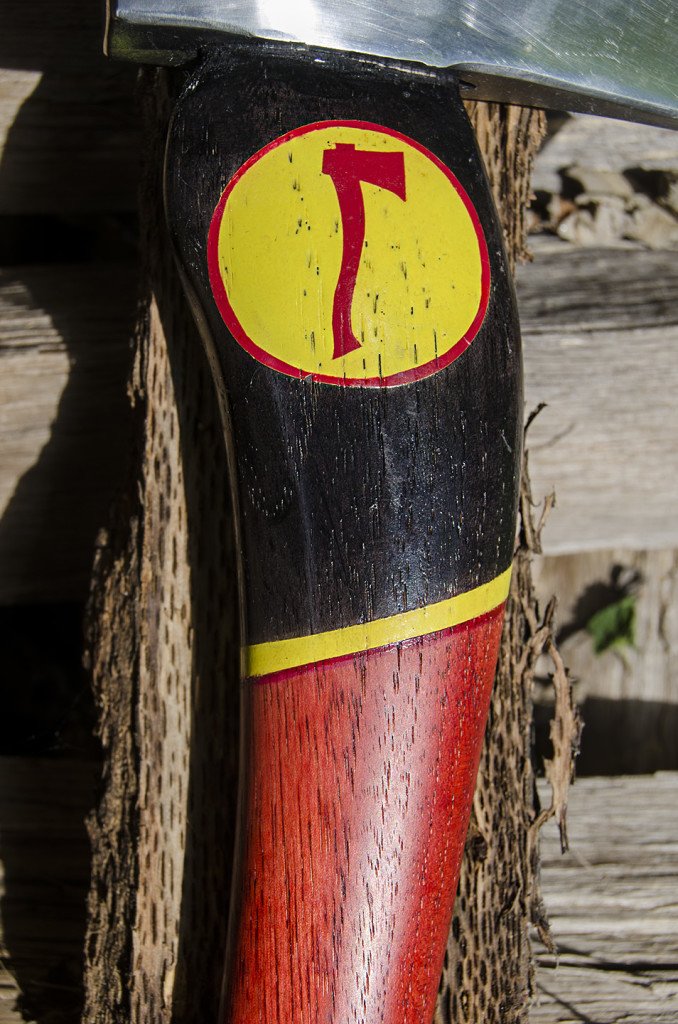
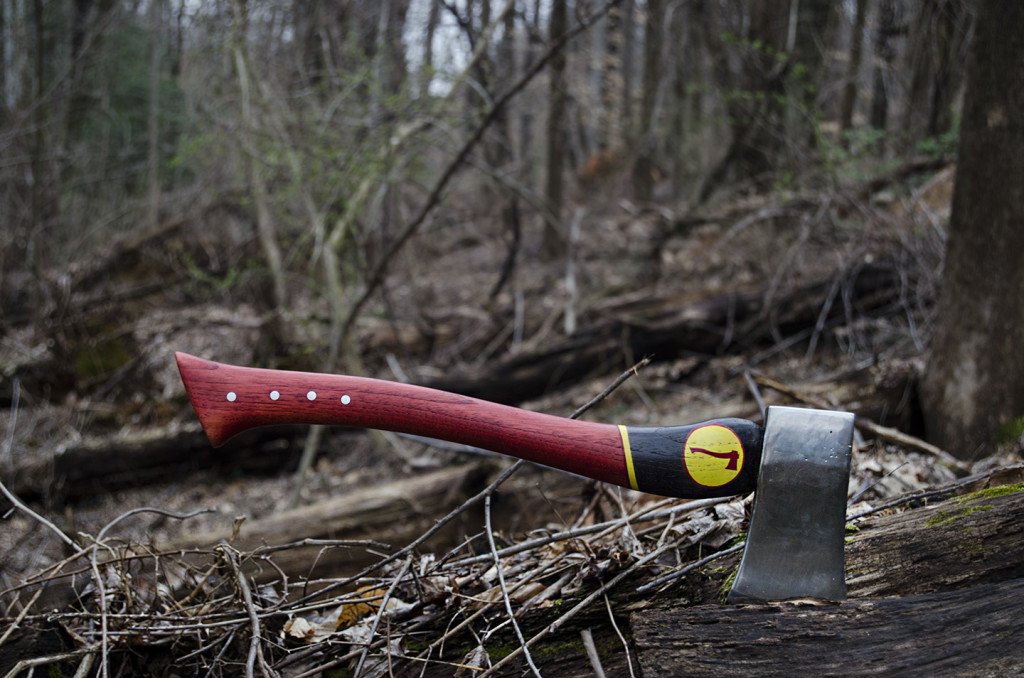
A Passionate Family Man Restores History by Hand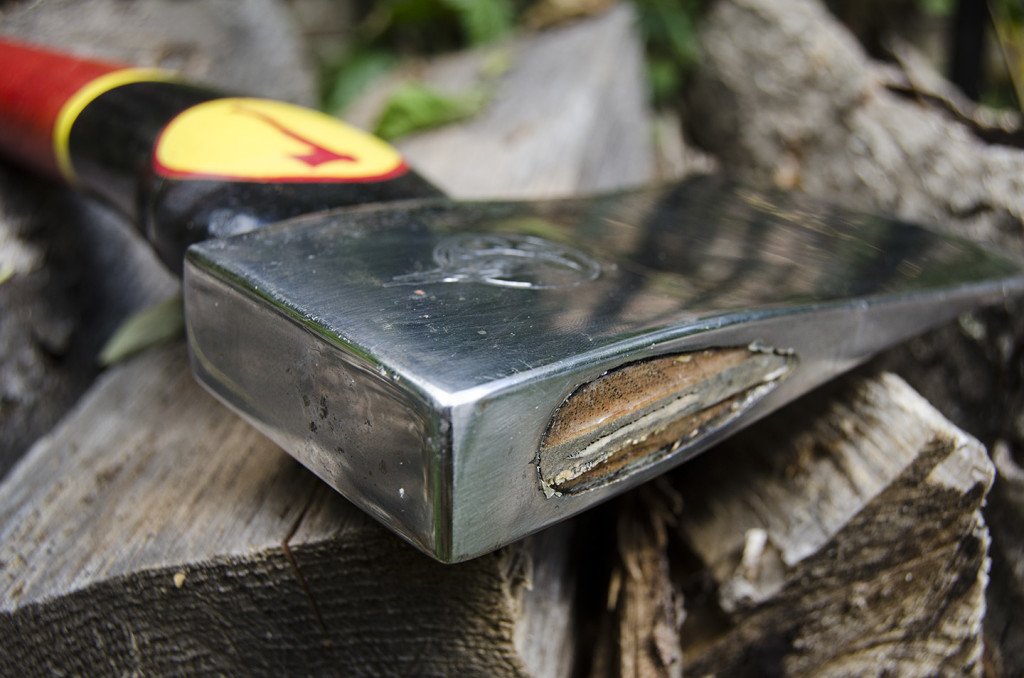
Getting Aaron Prudler on the phone wasn’t easy. “I’m a phone-o-phobe,” said the natural gas professional in a tenor bearing just a hint of gravel. Just under a year ago, Aaron’s family was having a Christmas away from capitalism. The objective was to hunt at yard sales, make something yourself, and just opt out of the shopping mall Christmas experience, an exercise in which the Raven Customs founder discovered a new purpose. He restored a hatchet for his father, and a ball-peen hammer for his father in law. Later in our conversation, he mused that as Raven Customs started to develop, he’d “…get guys that will say ‘I have this old axe head from my grandpa that I remember from when I was a kid, can you bring it back to life?’” It’s fitting that the inception of his little workshop happened in the spirit of family, tradition, and history- because 19,200 Instagram followers and a serious lead time later, that’s where this small business stands firmly rooted.
Quoth the Raven “My Dad was a Preacher”
Aaron’s fascination with ravens started during one of his many tours across the country visiting national parks with his family. “We had this old Crown Vic, and we’d all pile in and drive around. It wasn’t like we were buying food and whatnot, we didn’t have a lot of money- my Dad was a preacher. My mom would pack a cooler in the trunk.” On one stop, the Prudler family was taking a break in a parking lot, and young Aaron saw a raven picking at a pile of Ritz crackers on the pavement. Curious, he kept watching only to notice that the clever bird was stacking pieces into a well-balanced column of crackers. Ravens are some of the most intelligent creatures in the world, and stand among dolphins and chimpanzees at problem solving, and… using tools. They are also sometimes associated with provisioning: in the bible, a raven brought food to Elijah. Even the Vikings revered these clever creatures. Odin had two ravens, named Huginn and Muninn- “thought” and “memory,” respectively. Aaron’s fascination continued into adulthood, and even resulted in some ink. Back to 2015: he enjoyed the Christmas projects so much that he decided to keep going. He restored an old axe head using a Louisville Slugger for handle wood and posted it on Instagram. It sold immediately. Now, he needed a name for his venture: the choice was obvious.
Old Hands
Between watching the raven and Christmas of 2015, Aaron learned to work with his hands. Since the age of 13, he’s been involved in various craftsman trades. At just 18 years old, he built his first house. Therein lies some valuable insight into his character. I haven’t met many 18 year olds who could safely drive a car, much less have the knowledge and skills to even contribute meaningfully to the construction of a home. Aaron later worked shoeing horses in southern Arizona. Perhaps the most formative period of his life, at least as far as hand tools are concerned, was spent in Colorado.
Aaron was working in timber, and discovered that there was money to be made in hand-distressing beams for home construction. Given the popularity of rustic decor, there is a high demand for construction materials (mainly exposed beams) that are artfully distressed. The more discerning homebuilders eschew beams that are beaten with chains or tossed around in gravel, preferring to purchase timber distressed by hand using a draw knife. Aaron was offered a hefty sum per square foot of distressed wood, and he leapt at the chance. He’s now bringing to bear half a lifetime of skill-honing craftsman experience in his work. The rise of Raven Customs is perhaps most interesting when viewed as a juxtaposition of old and new. If handed a résumé from his earlier days and asked whether he lived in 1888 or 2016, you might have to think about it. However, his creations found a receptive community and eager purchasing base through a technology that was released on October 6, 2010: Instagram.
New Media
When I first encountered Raven Customs, they had 126 followers. When I logged on just now, they had 19.2K. Have a look, where are they? This explosive growth wasn’t the result of a giveaway, or of paid advertising. What’s astounding is that it’s purely organic. By identifying who his fans were, adamantly responding to their comments and questions, and crafting beautiful, functional, hand tools, Aaron was able to create something out of nothing in a jaw-droppingly short period of time. Aaron got started on Instagram personally, and discovered an unusual subculture: “I never knew about the whole pipe smoking community- it was my first taste of how there’s all these cultures in Instagram. There’s this whole group of people building and smoking pipes, it’s like a family. Then as I started to build these hatchets, I discovered this whole other culture about people who are interested in bringing back American hand tools. I can’t explain the growth of Raven Customs other than I feel like I discovered this little niche of not just bringing back an axe head, but doing something a little bit different.” When I asked him why he thought groups like the pipe smokers loved his work, he identified something that I’ve noticed as well. “[It] seems to be a growing theme. Craftsmanship/made in America is coming back around. People are tired of junk.”
Made in America: The Artisan Economy
If you browse Instagram regularly, you may have found that artists, artisans, and craftspeople of all types are using the space to showcase and sell their wares. In fact, recent updates by the Facebook owned image sharing platform have made it easy to create a business page complete with analytics and a Contact button that allows users to call directly from the App. Etsy is losing hold of the maker market, with DIY content management systems like Squarespace making a web presence easy to put together, and ecommerce plugins that make selling a breeze. With employment becoming less certain, regular career shifts becoming more certain, and general economic unrest playing havoc with bank accounts nationwide, chances are that you know someone with a “side gig.” It also happens to be the case that local, handmade, craft, and artisanal products attract whatever extra dollars millennials have to throw around. This is a happy coincidence for “makers” and artisans, who are finding that if they make the right thing, it can be a breeze to sell. In the beginning of 2016, we leapt at the chance to have Aaron put together a Red Hatchet for Red Hatchet Outdoors.
Red Hatchet
The RHO Hatchet started out like many Raven Customs pieces after it: a rusty Sears & Roebuck American steel axe head, and a hunk of hickory. American steel has a storied history. Between 1875 and 1920, production grew from 380,000 tons to 60 million tons annually. This boom catapulted the USA into the leading role as a world steel producer. American legends like Andrew Carnegie built their empires on steel production. They fostered a sense of American entrepreneurialism and economic hardiness, as well as creating a new set of influential, astronomically wealthy elites that would shape history. As our economy grew, stores like Sears & Roebuck would stock hundreds of products made from our national metal. Hickory is an American legend as well. Known for toughness and strength, this wood was used by Native Americans for bows and baskets, and early Americans for anything tough: axe handles, wagon wheels, etc. After the Battle of New Orleans, General Andrew Jackson’s men nicknamed him “Old Hickory” for their native Tennessee lumber. We were happy to know that our ethos was contained in the very materials used to create our hatchet.
Making
Our axe head was rough around the edges. Having been deformed with a steel hammer (never hit steel with steel) and left in the rain, it was in a sad state. After removing mushrooming and nicks on the blade, Aaron hand-sanded the rust off, restoring a brilliant luster hidden by years of wear. He hand-carved the handle, shaping it with rasps and files. The entire process involved only hand tools, although some technology does come into play later on. What struck me as I spoke with Aaron is that the entire process isn’t dissimilar to how someone would have restored an axe 100 years ago. The coloring and etching, however, were more modern touches. When I asked about how he managed to bring such a deep yet transparent red to the handle, Aaron paused. “I don’t get into that. I’m always really open about my process with folks, but the way I color things is something I developed on my own through hours and hours of trial and error.” This process is that he keeps up his sleeve, and what’s an artisan without an industry secret?
Aaron incorporated our logo beautifully. He hand-drew it at great risk- “The logo was crazy. I don’t really do that, but I figured it was worth a shot.” It was. His own logo has a more involved process: he used batteries and a water solution electrolyze the Raven image into the axe head. Essentially, electrolysis is a process which reinforces a chemical reaction using electricity, and is used by craftspeople and machinists across the world to brand their wares. He took a risk, and it wasn’t perfect, but it left us with no doubt that Aaron tried his best to put out something truly unique- which he did. We now own one of the original Raven Customs pieces that helped perfect his process. Stepping outside of his comfort zone was part of why Aaron enjoyed creating the Red Hatchet. According to him, he was thankful to get the opportunity. So are we.
Red Hatchet Outdoors Says…
Aaron is now looking into making Raven Customs his full time gig. In many ways, his story is as American as it gets: taking half a lifetime of hard work and converting it into a successful small business that allows him to do what he loves and support himself and his family. He’s a man alive in two time periods, and trying to join them together with each pull of his rasp. His work brings families together and promotes the use of hand tools. In fact, his tools will likely inspire others to go out and make something on their own. This noble pursuit has the benefit of good will and good timing. Aaron founded Raven Customs at the perfect time to leverage a burgeoning craft economy that’s gaining traction online, with an ever-expanding customer base that’s demanding well-made American goods. His dedication to his craft and his work ethos will likely see him through the difficult early years of any business venture. We would like to express gratitude to Aaron for his exceptional workmanship and kindness in facing the phone to give us an interview. Raven Customs and the entire Prudler Clan are 100% Red Hatchet Approved.

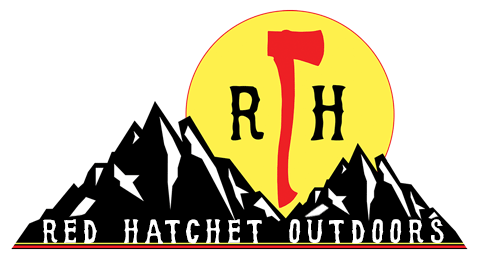

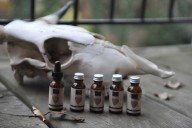

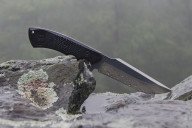
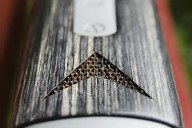
No Comments